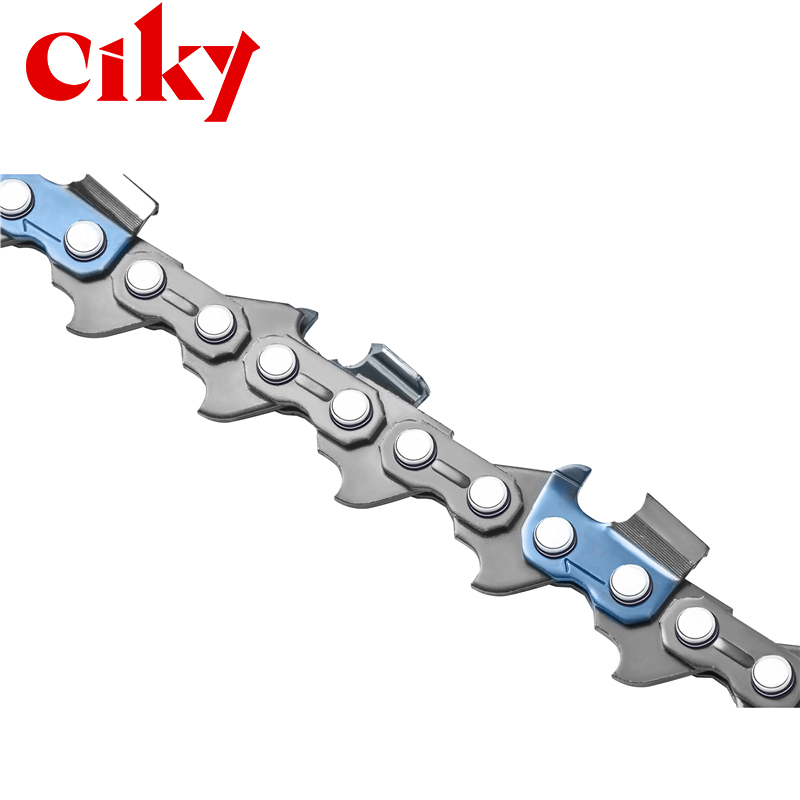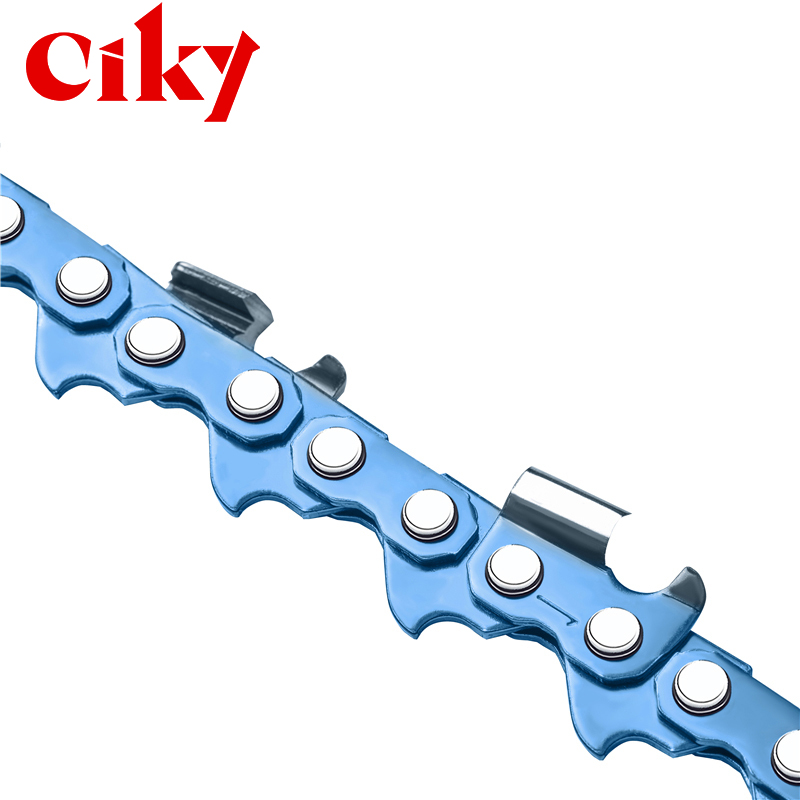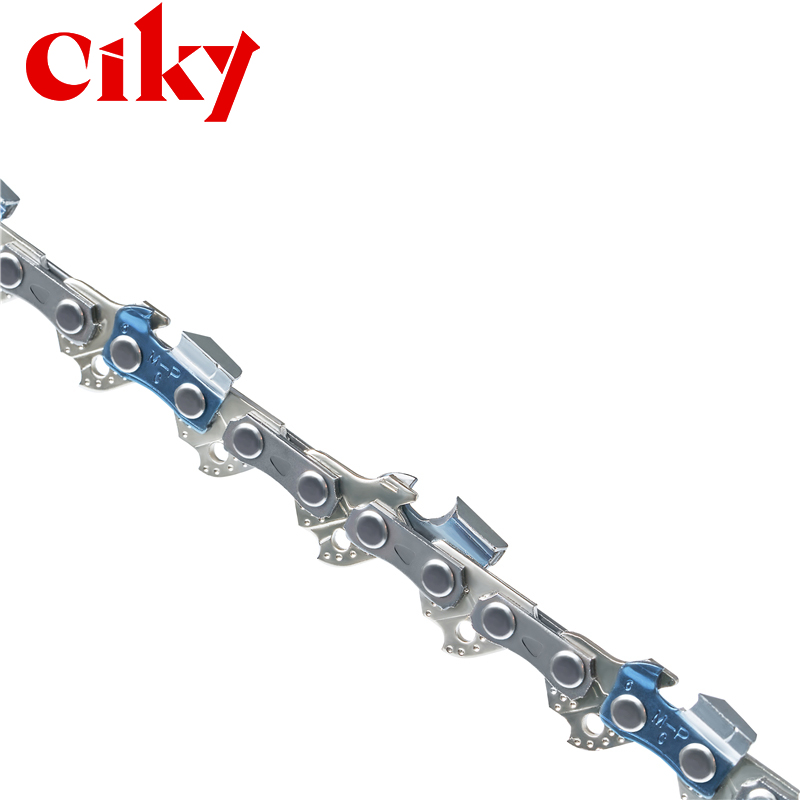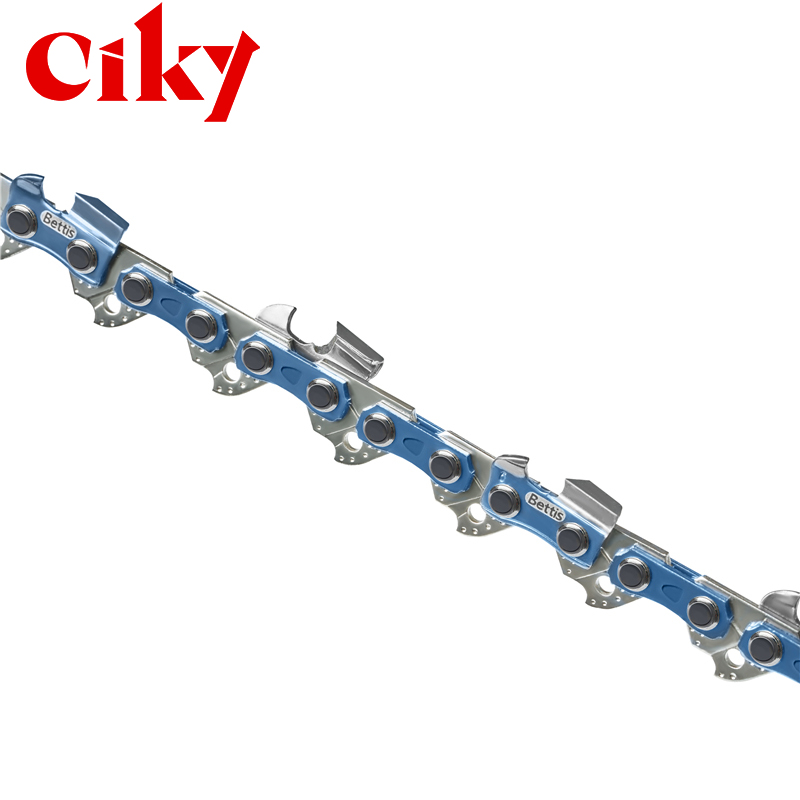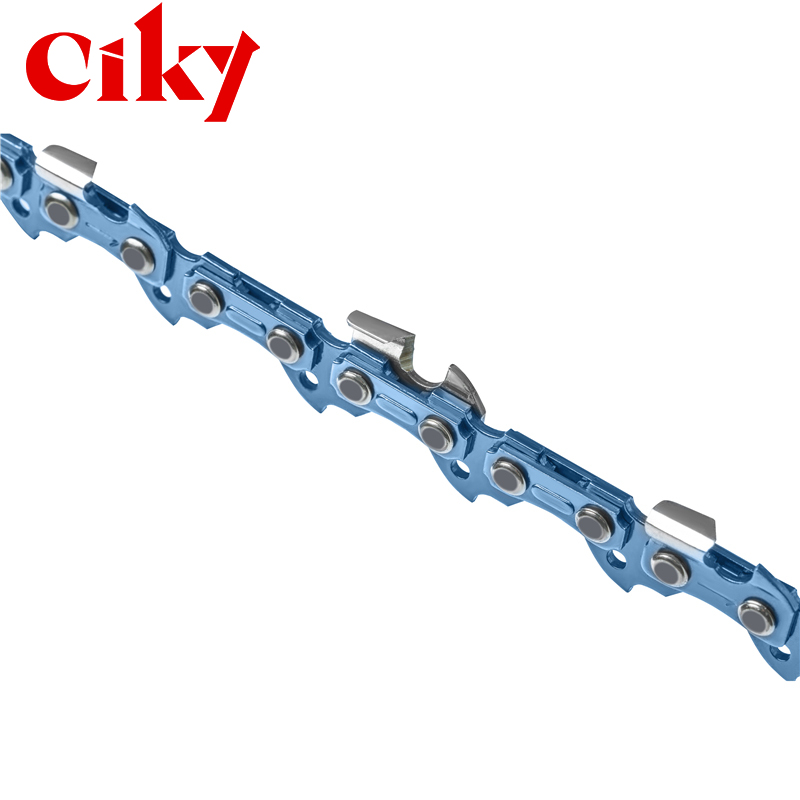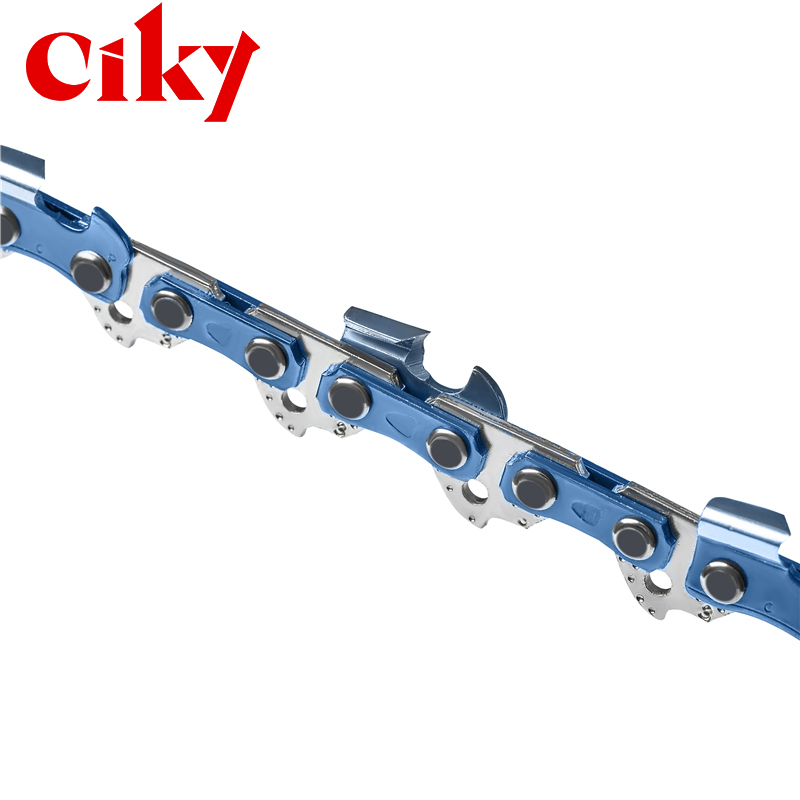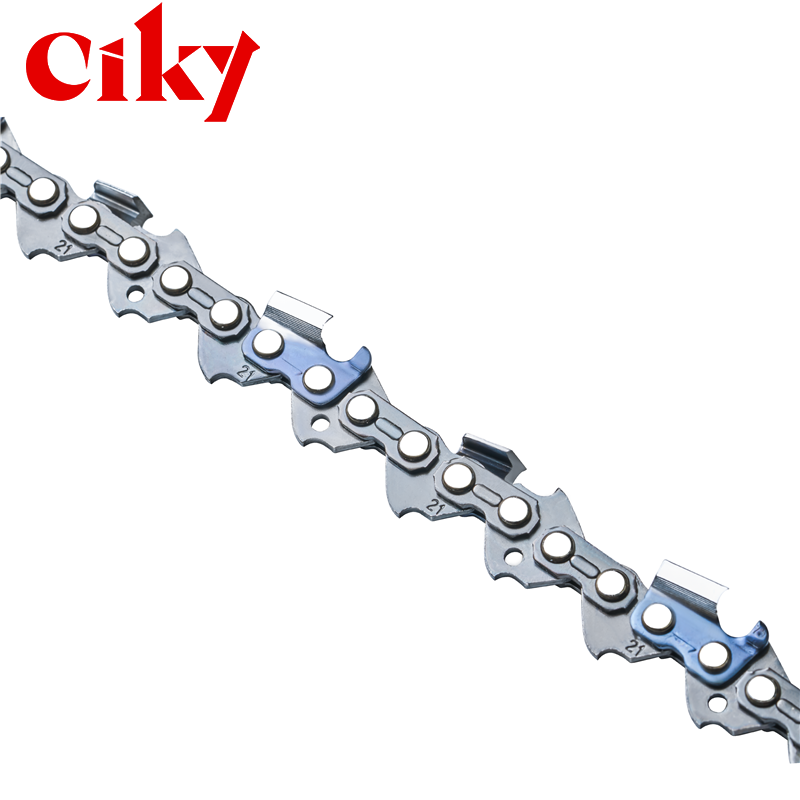How to Change a Chainsaw Replacement Chain
Author:admin Date:28-01-2023
Changing your chainsaw's chain can be a confusing process. It's important to understand how to properly change the chain for the best possible performance. You'll want to consider the type of work you plan on doing as well as the power of your saw. The quality of the cut product can also give you a better idea of whether or not your chain is in good shape.
One of the first things you should do before you replace your chain is to understand how to determine the correct size. This means knowing how to measure and count the number of drive links in your chain. If you have a manual for your chainsaw, you'll be able to use that to figure out the gauge. Chains are usually measured in millimeters.
Once you know how to measure, you can begin to look for a replacement chain. There are many different types of chains available. These include ripping chains, diamond chains, and low profile chains. They are all designed to perform well in various applications. A diamond chain is great for cutting concrete or rocks, while a ripping chain is suitable for wood that is smooth. Regardless of the style of chain you choose, the most important thing is that it fits your saw safely and properly.
In order to replace your chain, you'll need to remove the side panel on your saw. Most chainsaws have two nuts on the sides of the panel that hold it in place. However, if you have a locking brake, you'll need to unlock it before removing it. Otherwise, you'll have a hard time reinstalling it.
You should also know the length of your chain. This is the distance from the front of the saw to the tip of the guide bar. Ideally, you'll want to round the length of your chain to the nearest inch, although this depends on the type of chain. Also, be sure that you're not tightening the chain too much. If it's too loose, it could cause improper traction.
Next, you'll need to find the right guide bar. Most chainsaws have a side plate that can be removed with a scwanch or wrench. Be careful not to lock the brake while removing the side plate, or you'll have a hard time putting it back in.
Finally, you'll need to thread the new chain through the clutch drum. When you're ready to install your chain, you can do so by pulling on the nose of the guide bar and pulling the nose of the chain away from the chainsaw. As long as you don't tighten the screw too hard, you should be able to easily install your chain.
Finally, you should remember to read the instructions for your particular model. Some manufacturers offer special features, like adjustable tensioning on their bars. Other features, such as anti-fracture coating, make them more durable.
Chainsaw replacement is a regular part of chainsaw use. The right replacement chain and the right bar are essential to good performance.


 English
English Español
Español